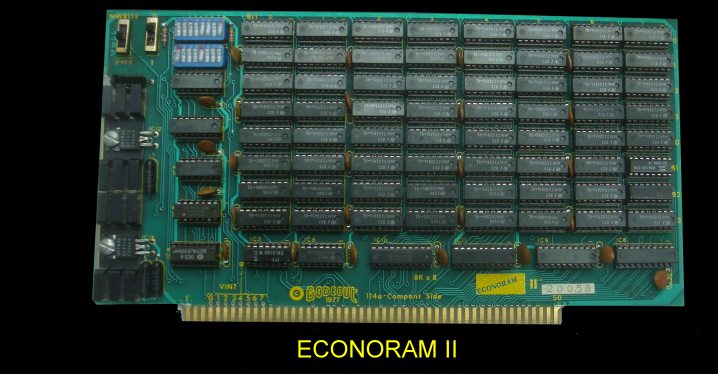oblivion
Veteran Member
I recently picked up some stuff at goodwill and it seems 8088 era. I really am just getting into that era and don't know alot so I'm not 100% sure what this stuff is

heres the motherboard I picked up with an AMD 8088. will a regular AT PSU power these?

I don't know what the smaller card is. maybe a ram board. says hi-tech ht202 on the back but a quick yahoo search turned up nothing.
the larger card looks to be a video card. has a composite jack and 2 cga? mda? ports

these appear to be a 1mb and a 2mb ecc ram expansion cards but there not ISA, so i'm unfamiliar with them.

heres the motherboard I picked up with an AMD 8088. will a regular AT PSU power these?

I don't know what the smaller card is. maybe a ram board. says hi-tech ht202 on the back but a quick yahoo search turned up nothing.
the larger card looks to be a video card. has a composite jack and 2 cga? mda? ports

these appear to be a 1mb and a 2mb ecc ram expansion cards but there not ISA, so i'm unfamiliar with them.
Last edited:

